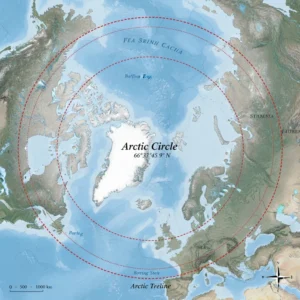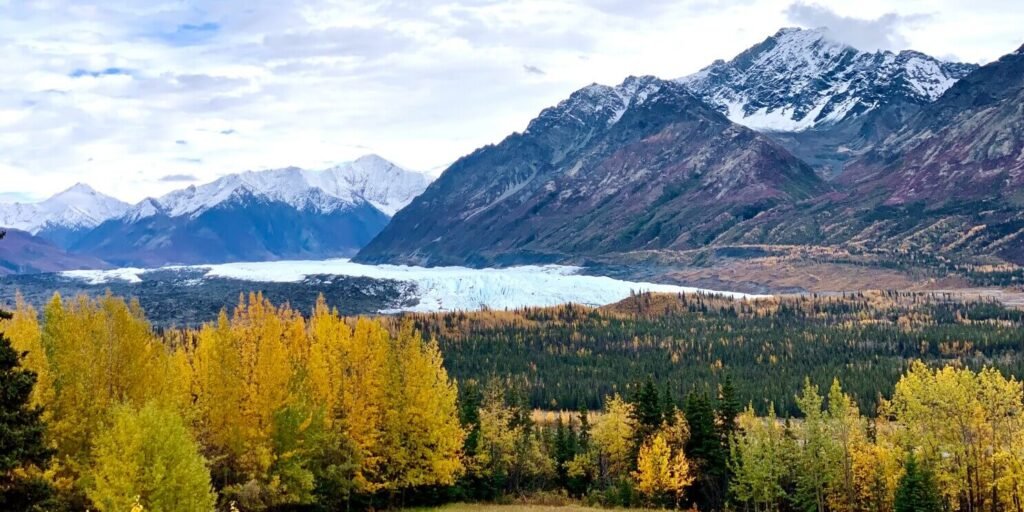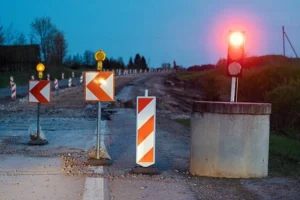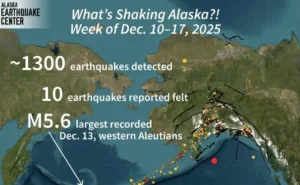Alaska’s population has seen a slight increase, reaching its highest point since 2016. According to new data from the Department of Labor and Workforce Development, the state’s population grew by 0.31% from 2023 to 2024. This increase is attributed to births outpacing both deaths and outward migration.
The state’s population is estimated to have increased to 741,147 people, with 15143 births and 3,437 deaths recorded between 2023 and 2024. Despite a net loss of 1,163 residents to outward migration, the natural increase of 2,274 people contributed to population growth.
Alaska has seen consistent loss to outward migration over the last 12 years. But the population increases yearly from 2020 to 2024. The areas with the most increase were the Matanuska-Susitna Borough. It grew by 2,059 people, and the Fairbanks North Star Borough, which grew by 630.
While Alaska’s population is growing, the working-age population of 18 to 64-year-olds decreased by 0.4%. Additionally, the state’s birth rate is declining, with a steady decrease in birth rate year over year. Despite these trends, Alaska retains a high fertility rate, ranking second in the nation.
The Alaska population growth is a positive trend, with the state’s population reaching its highest point since 2016. The increase in population is a testament to the state’s natural growth, with births outpacing deaths and outward migration.
The growth is also a reflection of Alaska’s strong economy and also a reflection of Alaska’s strong economy and high quality of life. As the state continues to grow, it’s essential to address the challenges to grow and to address the challenges that come with it. These include providing adequate housing and infrastructure. By doing so, Alaska can ensure growth is sustainable and benefits all residents.
This news story was originally published by Alaska’s News Source.












